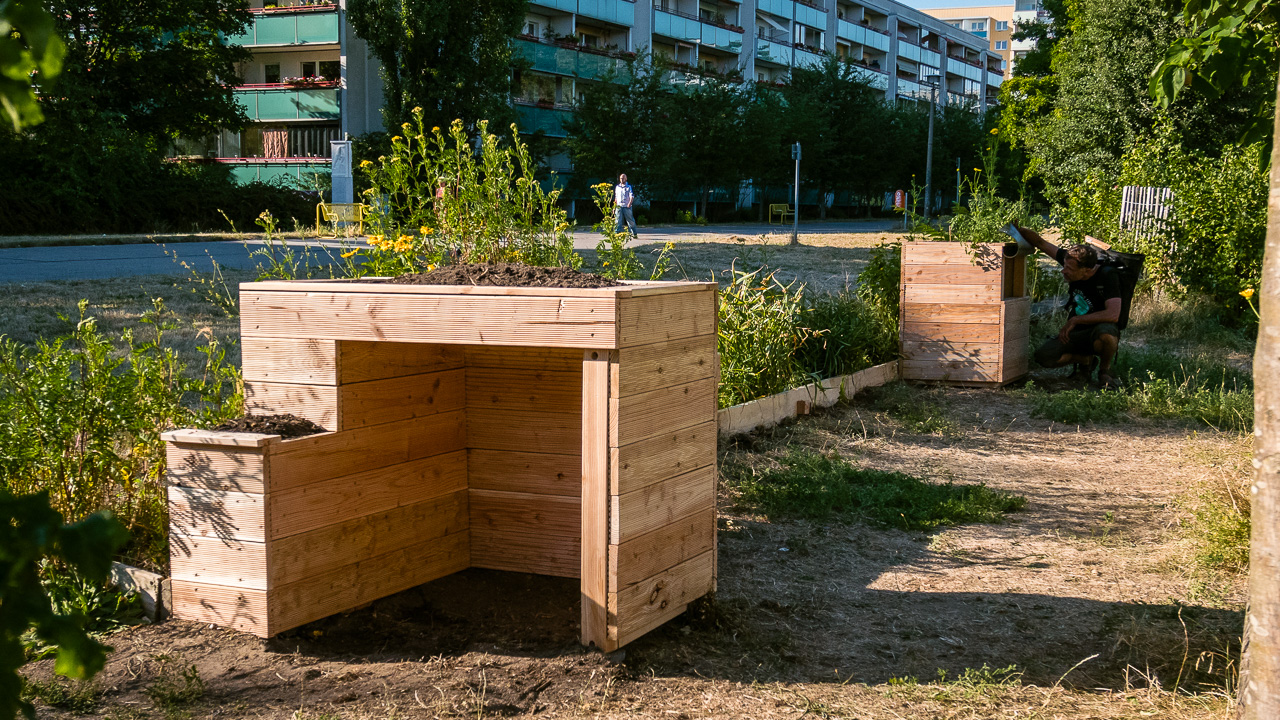
Accessible and educational planters
Together we built two planters; one for elderly and wheelchair users, the other for use in gardening lessons by the local childrens school.
My role:
As the only student with formal design training, my role fell to facilitate and guide the rest of the group through the ambiguity of the design process. This meant sketching out ideas, synthesizing and visualizing concepts, and managing the inputs of the group: a trained carpenter, an urban planner, an engineering student and an entrepreneur. Our discussion had of course to be steered around the insights we learned from the field and user research. The build itself was a group effort, following construction plans made by David, Sven and Sebastien.
